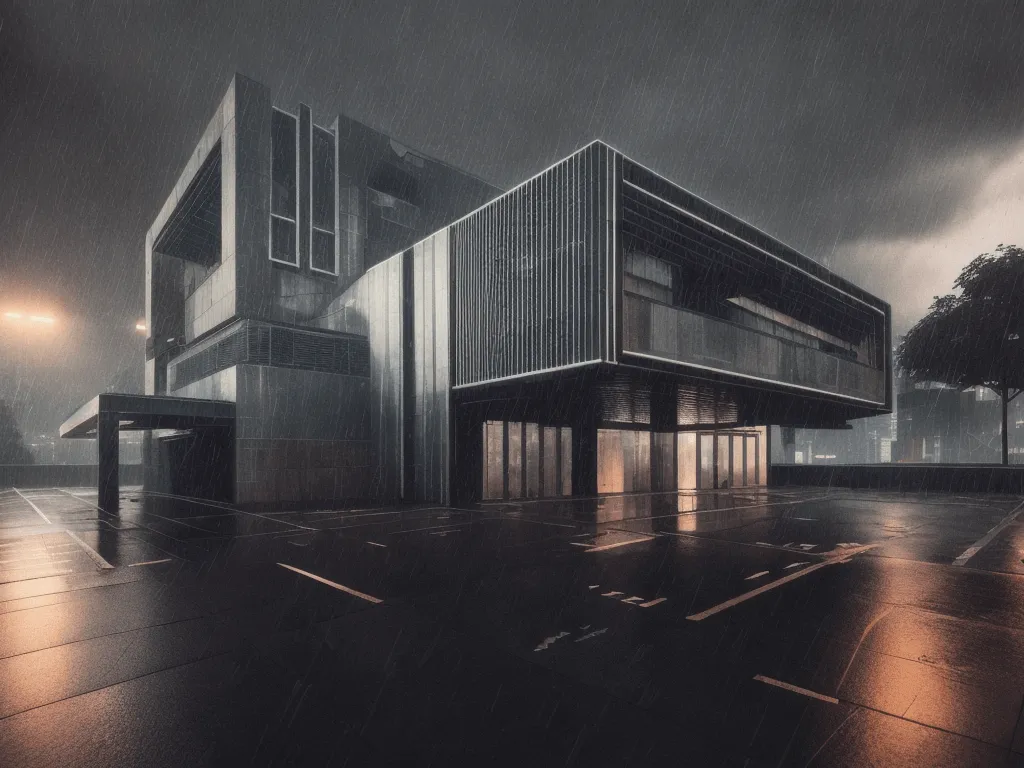Where Does the Future Lie for Architects Amidst the AI Wave?
Author: Cimala
With the rapid advancement of Artificial Intelligence (AI), a paradigm shift is unfolding across various industries, and architecture is no exception. In recent years, AI tools specifically tailored for architecture and design have emerged, capable of autonomously generating massing images and floor plans. This technological tide brings forth the question: amidst the AI wave, what does the future hold for architects?

Take, for instance, a growing number of avant-garde architects who are now harnessing AI tools to attract clients. By leveraging these advanced tools, they swiftly transform drafts into high-quality renderings, enhancing communication with clients. One notable product in this realm is AI-Architect(https://ai-architect.net/), which assists architects in rendering sketches into high-quality visuals and rejuvenating existing buildings into diverse styles with just a few tweaks.

However, despite the burgeoning capabilities of AI, the consensus among many is that architects are unlikely to be fully replaced by AI in the foreseeable future. In fact, AI is seen more as a catalyst poised to fundamentally transform the architectural realm. Architects who adeptly harness these new tools and evolving knowledge are likely to thrive in this new era.

Within the industry, many architects are already collaborating with AI, exploring new possibilities in architectural design5. By integrating AI into their daily design processes, architects can allocate more time and effort towards engaging with clients and innovative design, rather than being bogged down by tedious calculations and repetitive tasks. Such collaborations not only elevate the efficiency and quality of design but also pave the way to a promising future for architects.

While AI continues its infiltration into the architectural industry, the human element of creativity and expertise remains irreplaceable. With the aid of AI, architects can unleash more creativity, bringing forth endless possibilities and surprises to our living spaces. Such a future not only ignites anticipation but also instills confidence in the enduring relevance of the architectural profession.

